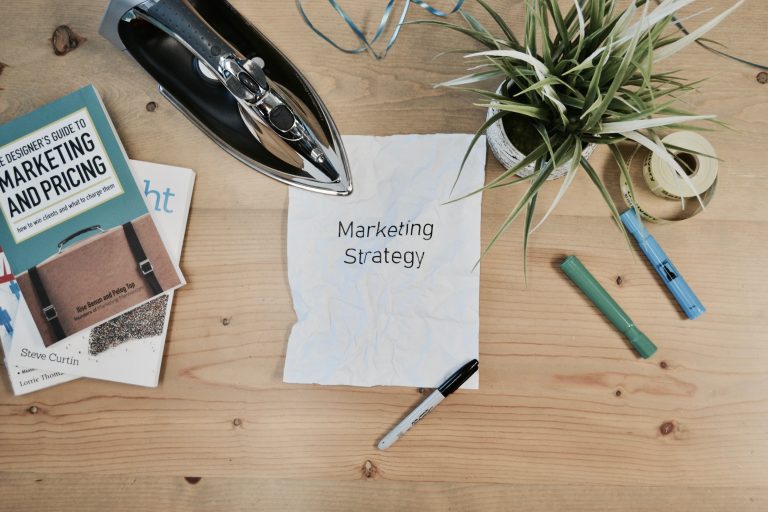This week in PUB 101, we got to revisit Google Analytics. I installed this plugin for my blog in the first or second week of this course, but had yet to look at the data, so I was intrigued to see what kind of activity had been tracked on melatonin gone missing so I know what’s working and what could be improved in regards to my site’s SEO.
Google Analytics
The first thing I looked at, purely out of my own curiosity, is my audience overview. I wanted to see exactly how many people have checked out my blog.

From this graphic, I can see that melatonin gone missing has been visited by 151 new users and accumulated 640 total page views. Seeing this data and knowing that my blog has only existed for a few months is honestly quite amazing… I feel like a real website owner! The number of users on my site regularly fluctuate, and I could guess this is because I usually only post once a week, attracting the most traffic which then decreases until my next posts are up the following week.
I also was curious about user acquisition, because after all, this is only a blog for an SFU course… who’s finding it besides my TA, professor, and classmates? And how are they finding it?

It’s interesting to see how users have come from social media sites like Facebook and Instagram, considering I have personally not linked my blog to either of those sites. The direct and google channels are probably mostly me, and the Posiel channel appears because my posts are connected to the Posiel feed, so these are unsurprising. Users have come from Jellylift as well, thanks to Antalya’s links in her peer review of melatonin gone missing (go check it out!).
Seeing that visitors really do come from social media and external links demonstrates how important a good and continuously improving SEO is for site traffic. Sam Hollingsworth explains this further, saying how having a good SEO is “the most viable and cost-effective way to both understand and reach customers in key moments that matter”. For melatonin gone missing, this means being accessible and easily usable for my target audiences, which I identify in my Imaginary Audiences post. I want my audience to find my blog in a pinch!
Growing my SEO
To improve my site’s SEO, as it is evidently quite important, I will aim to do things that Dr. Norman calls “ingredients for a good SEO”. Some of these things include effective use of keywords, including strong headers in your posts, and having outbound links to reliable sources. Although I strive to include all of these elements in my weekly posts, there are always ways to aim higher and ensure my SEO is being considered in every aspect of my blog design/content.
Stay tuned to see melatonin gone missing skyrocket in SEO success!
References:
Hollingsworth, S. (2021, August 9). 15 reasons why your business absolutely needs seo. Search Engine Journal. Retrieved April 10, 2023, from https://www.searchenginejournal.com/why-seo-is-important-for-business/248101/#close
Norman, N. (2023). Data and SEO [PowerPoint Slides]. Department of Publishing, Simon Fraser University.
Photo:
Joyce, J. (2021, February 20). 10 great google analytics alternatives. Search Engine Journal. Retrieved April 10, 2023, from https://www.searchenginejournal.com/google-analytics-alternatives/347638/

















